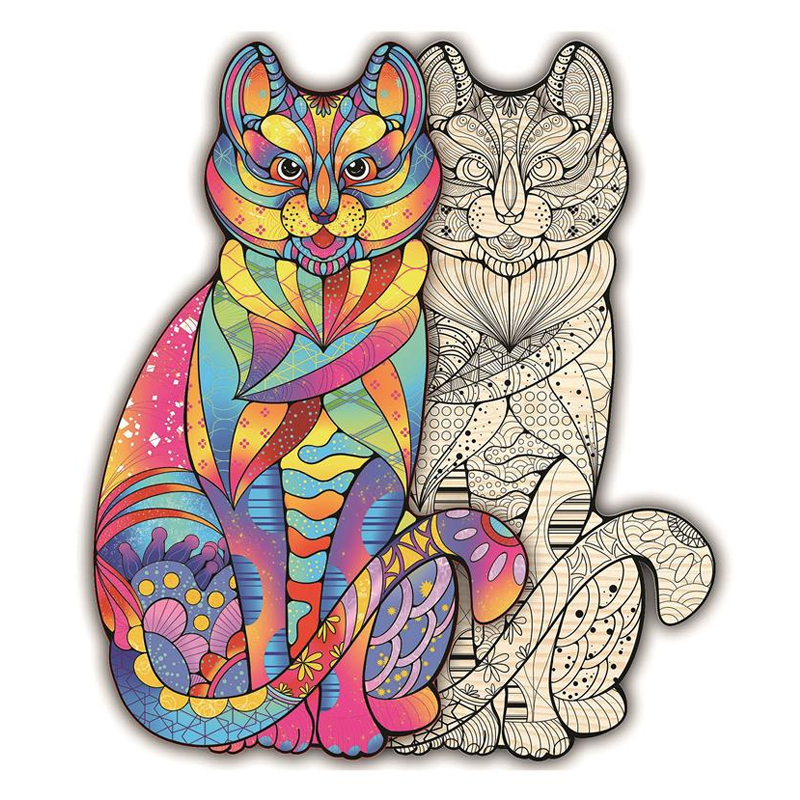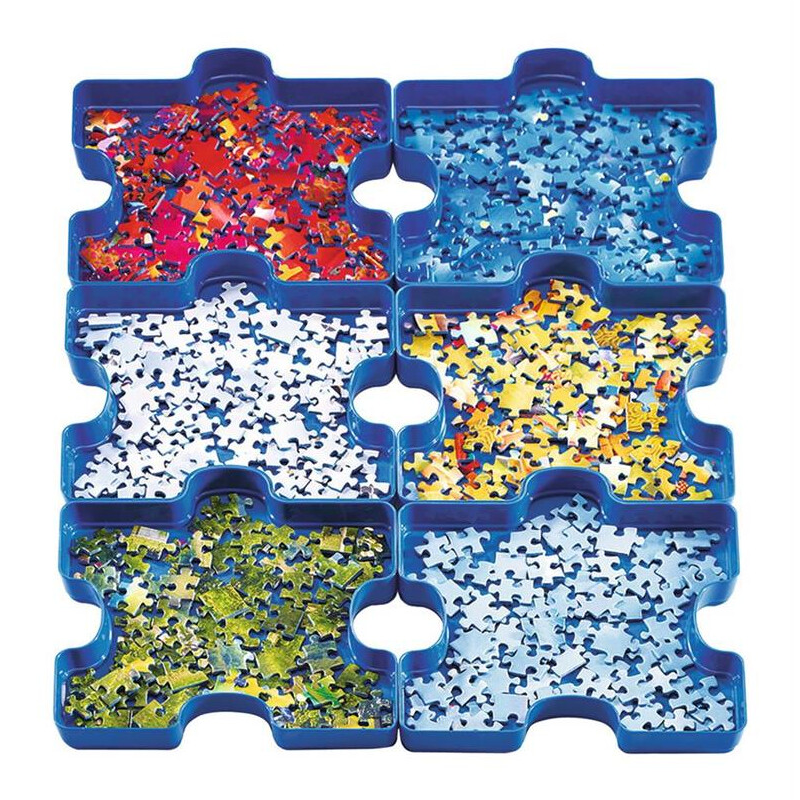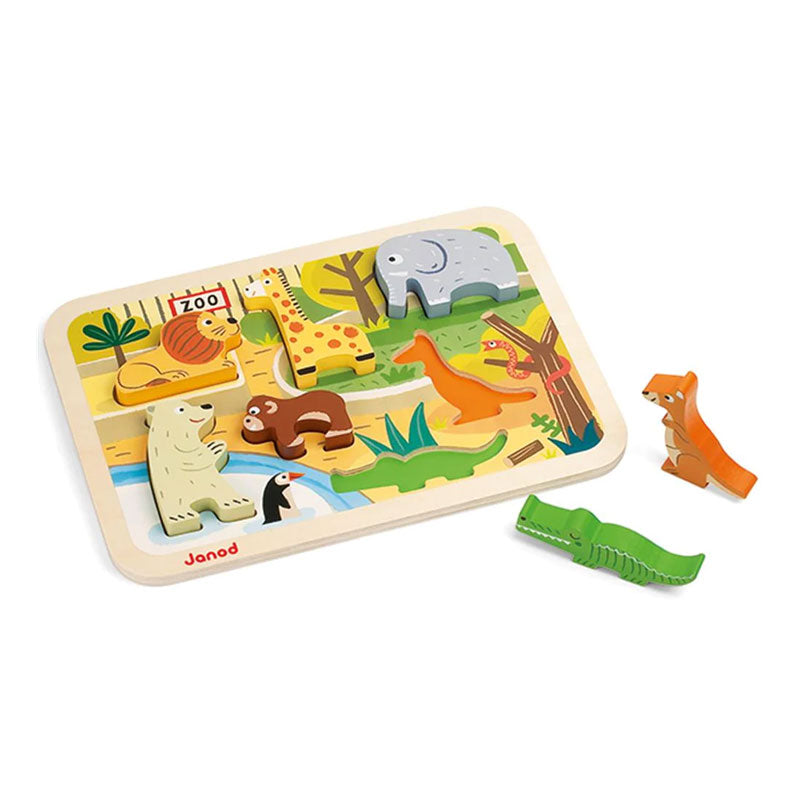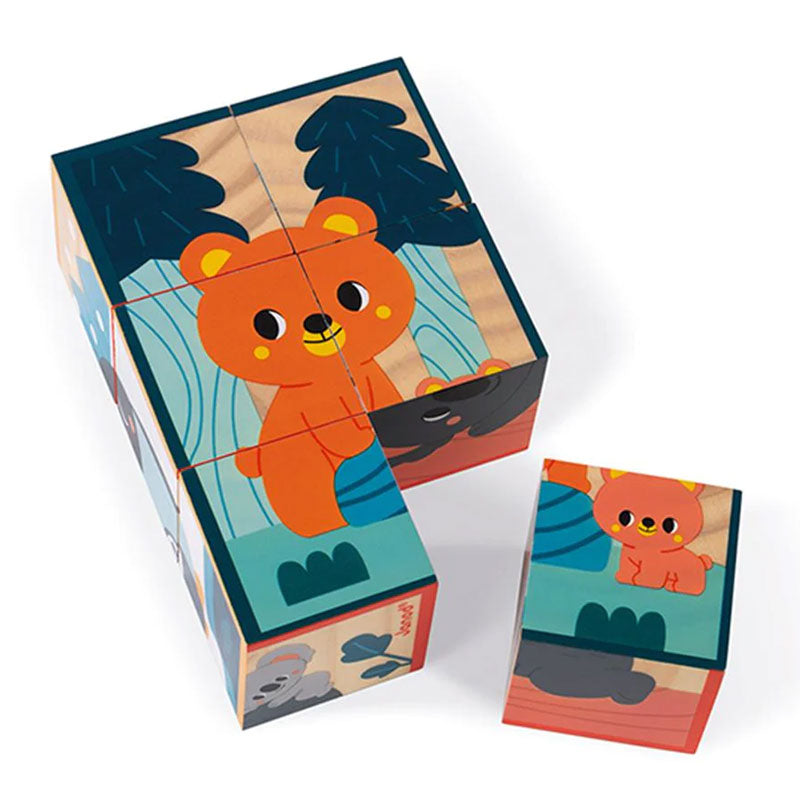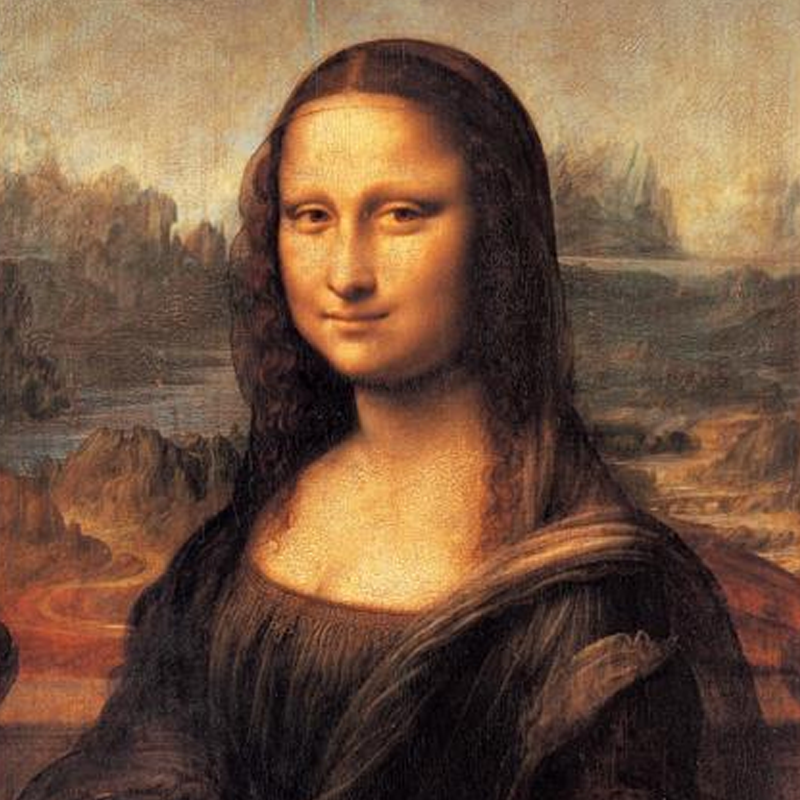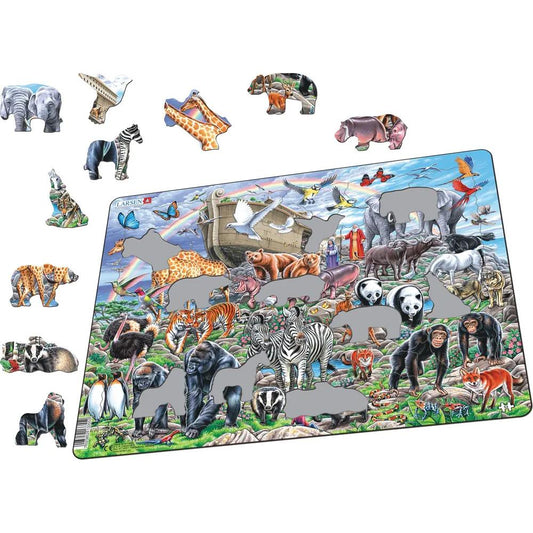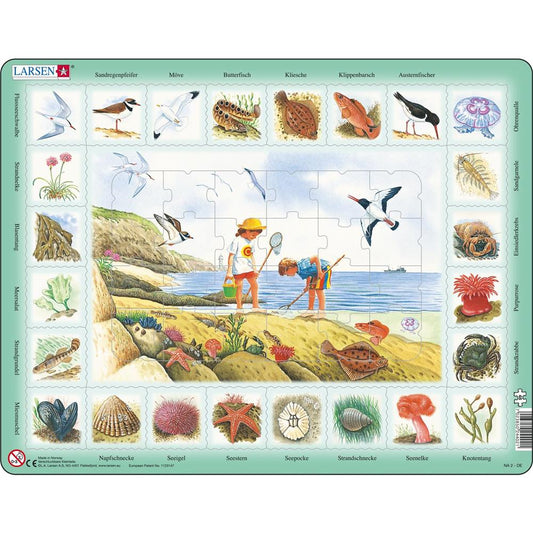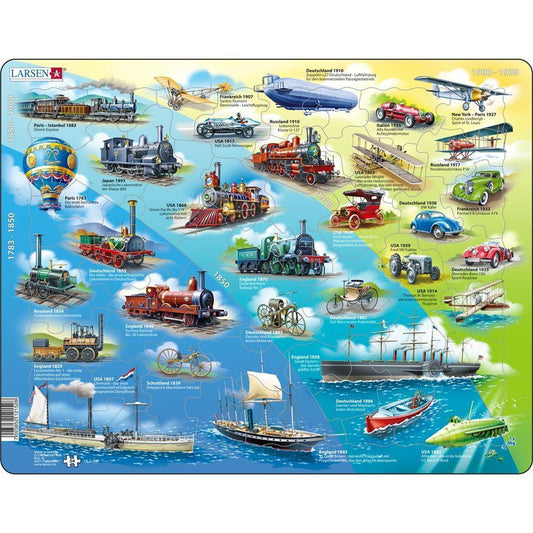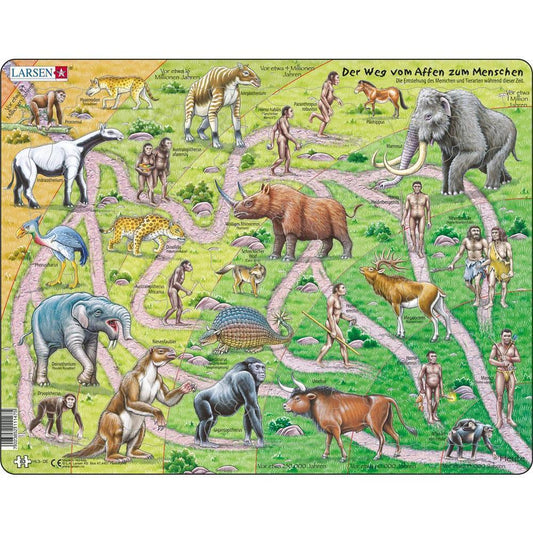Puzzle shop
Who invented puzzles?
The puzzle was invented by John Spilsbury in England in 1766. To do this, he glued a map of his home country onto thin mahogany wood and sawed out 39 pieces along the county borders. Students should put the pieces back together into a unit as part of the geography lesson.
After puzzle games were made by hand for a long time, industrial production began in the 20th century. Since then, the creative activity has firmly established itself on the toy bestseller list. After 1945, the mega-hype arose in the USA and England, where cardboard also became established as the material standard. In the 1960s, the boom also spread to Germany, where the finished works were used decoratively as creative murals.
Who makes puzzles?
Well-known puzzle manufacturers are Ravensburger, Clementoni, Schmidt, Jaod, Jumbo, HABA, Piatnik, Larsen and Philos. As products from the market leader, Ravensburger puzzles score points with their immense variety and long tradition. Clementoni is popular for imaginative, often colorful and dreamy motifs. Schmidt interprets classic motifs in a modern way and also offers stylish designs for adults. Janod impresses with puzzles with his usual playful and friendly design.
Where can you buy puzzles?
The best way to buy puzzle games is online. At kidz.ch you will find a wide selection of well-known brand manufacturers in a variety that will take your breath away. This means the puzzle fun is delivered to your door in an uncomplicated and convenient way.
What types of puzzles are there?
There are different types of puzzles that are suitable for different age groups and areas of interest. They are differentiated according to:
- the number of parts
-
the material
-
the shape, for example 3D puzzles
-
according to motif
-
according to level of difficulty/age
There are also examples that also have a practical function after completion; for example a puzzle clock. Particularly sophisticated variants find new fans every day. The current record is held by “Unforgettable Disney Moments” with an incredible 40,320 pieces.
At what age is the leisure activity suitable?
In principle, puzzle games are suitable for ages 12 to 18 months; depending on the level of fine motor skills. Wooden puzzles with large, non-slip pieces that prevent accidental swallowing are suitable for the little ones. Once caught on fire, many people continue to use puzzle variants of all kinds until old age, thereby training their cognitive abilities.
Which designs are popular with children?
Girls usually prefer versions with fairytale or cute motifs. Princesses, horses, Bibi Blocksberg or Ravensburger puzzles in typical pastel colors are always a good idea. Boys are enraptured by dragons, pirates, airplanes, and later by monster trucks, cars and Star Wars. Sweet animal children are a true evergreen across all genders.
Which variants are suitable for teenagers?
Teenagers are more difficult to inspire than younger children. They warm up to cool and impressive designs. They quickly fall into raptures about landscape motifs such as the Burj Khalifa, Rio de Janeiro or the Alps. Bookworms enjoy a political world map. Motifs by Michelangelo are particularly popular among female teenagers, while the male guild has a weakness for comic puzzles written by Jan van Haasteren.
What is the best way to puzzle?
Puzzle fun begins with the right choice. The number of parts is important; Colorful motifs are easier to put together. The box serves as a template. For a better overview, you should sort the parts according to corners, edge parts and colors. Then we start with the corners and the edge. Easy areas are placed first, difficult areas come last.
How do you frame a finished work?
The finished work can be displayed in a standard picture frame. If you want to be sure that everything stays in place, you can use special puzzle glue to stick the pieces to the surface.
Puzzle games – what is supported?
Puzzle games train fine motor skills especially in children. Hand-eye coordination is also improved. Because they require concentration and patience, they promote frustration tolerance and improve stamina. They also have a positive effect on short-term memory. In the long term, problem-solving skills and analytical thinking improve.
Why do you need a puzzle mat?
A puzzle mat allows you to temporarily store the work you have started to save space. This means you can easily remove it with just one hand when the dining table needs to be cleared for dinner or the desk needs to be cleared for school work.
There are also puzzles as mats made of plastic parts. Individual squares are put together to form an area that can be expanded as desired and serve as a play mat in the children's room or garden. Due to small parts that can be swallowed, these puzzle carpets are only suitable for ages three and up.
How do you clean a puzzle mat?
To eliminate germs and fungal spores caused by moisture, you can clean puzzle mats in the washing machine or dishwasher. In the washing machine, this should be done in the hand wash program, without spinning and at a maximum of 30° C. Stubborn dirt can be removed with clear water and soap. It is important to dry the parts carefully before using them again.









